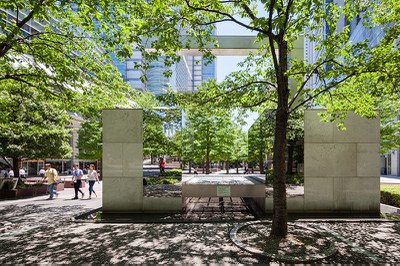
Toru Mitani will introduce several of his recent urban projects in Japan, at scales that range from the small site to the townscape, with a particular focus on ideas of “garden” and “forest.” Since Frederic Law Olmsted, landscape architects have been helping to plan and build the better physical environments in the city, while also trying to conserve biodiversity in the natural landscape. All these efforts are laudable; on the other hand, they have sometimes focused on quantity instead of quality. Gardens represent the realm where we discuss the aesthetics of space. Forests represent the place for wildlife instead of people. Both might be seen as ‘useless’ in terms of urban function or efficiency. However, they have uses that speak to the core qualities of landscape.
Toru Mitani is the 2018/19 Senior Practitioner Resident and a professor at the Graduate School of Horticulture, Chiba University, and partner in the Tokyo landscape architecture firm 'studio on site.'